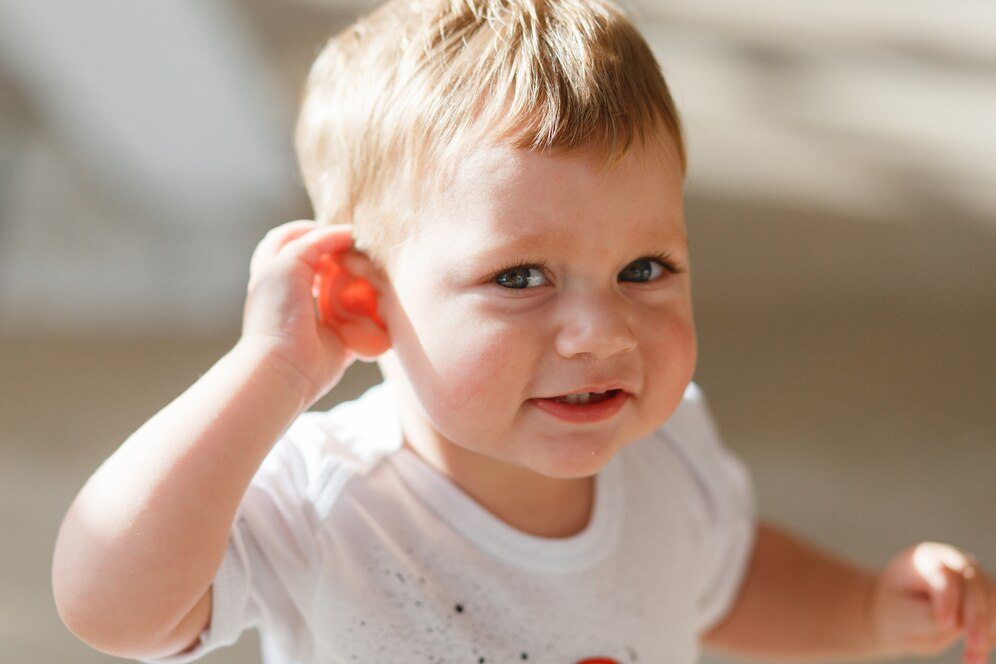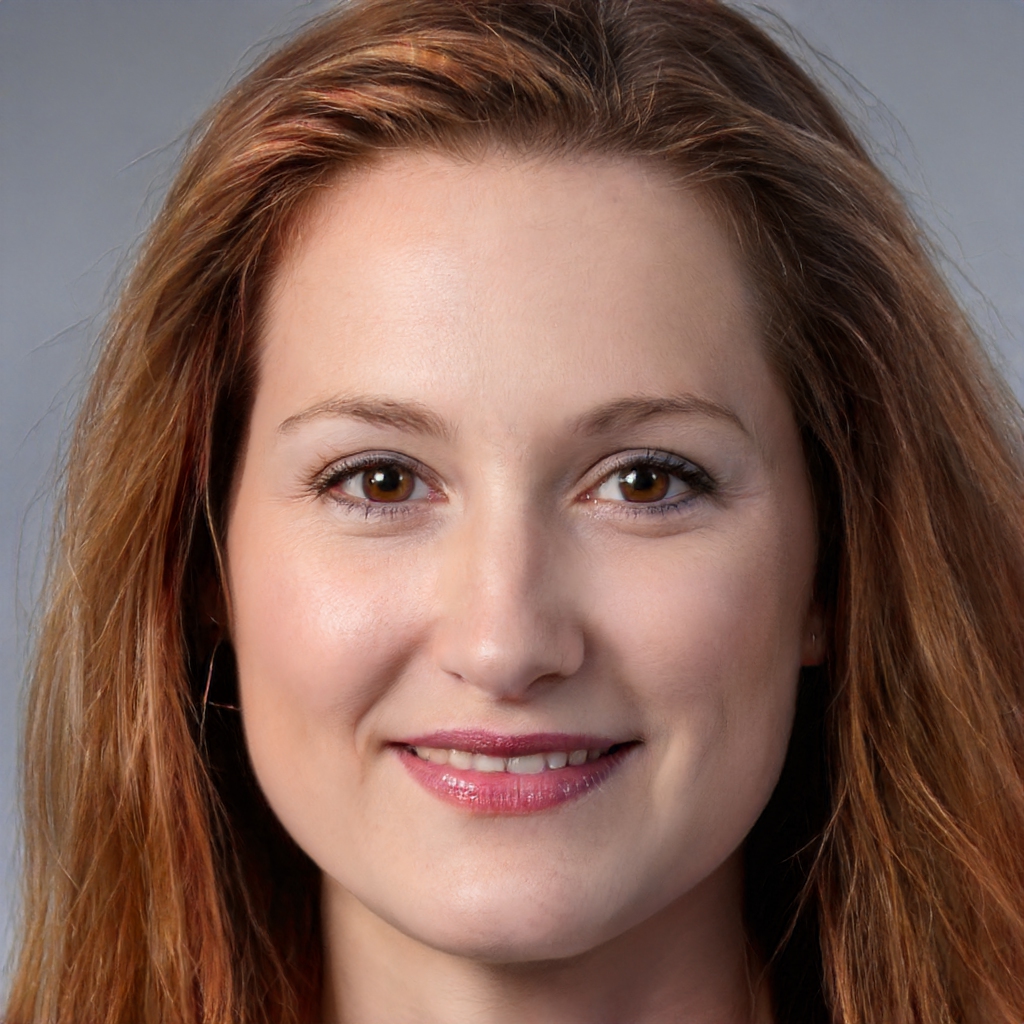New Study Shows Gene Therapy Effective Treatment For Congenital Deafness
Congenital deafness refers to a chronic condition of deafness that is present in children at birth. It is one of the most common birth defects in children, estimated to be affecting approximately 2-3 children in every 1000 births.
Author:Daniel JamesReviewer:Karan EmeryApr 23, 20243.5K Shares324.4K Views

Congenital deafness refers to a chronic condition of deafness that is present in children at birth. It is one of the most common birth defects in children, estimated to be affecting approximately 2-3 children in every 1000 births.
These hearing losses can be either sensorineural or conductive. Sensorineural hearing loss refers to a permanent type of hearing loss that is due to an auditory nerve being malformed or damaged in the inner ear – the cochlea; whereas conductive hearing loss is where the affected area is the middle – tympanic cavity – or outer ear – the auricle or external auditory canal, which is usually treatable.
However, a recent joint China-U.S study conducted between Fudan University (Shanghai, China) and Mass General Brigham (Massachusetts, U.S.) in 2022, showed that gene therapy may be the answer to treating congenital deafness entirely. The research shows great promise, and if you are a U.S. healthcare worker, enrolled in online FNP programs, or simply want to learn more about this breakthrough, then this article will be your handy guide.
Otoferlin, The OTOF Gene and The DFNB9 Mutation
Otoferlin is a protein in humans that is encoded by the OTOF gene. It was first discovered in 1999 when it was found that mutations of the OTOF gene caused nonsyndromic deafness, or in other words, partial or total hearing loss that has no direct association with physical abnormalities of the ear.
The joint study between Fudan University and Mass General Brigham held in late 2022 gave further confirmation that a defective OTOF gene was the primary culprit for deafness. Researchers at the Eye & ENT Hospital at Fudan University began by using a sample of six children with a specific form of autosomal recessive deafness.
The general conclusion was that the causes of these forms of deafness are traced to a mutation of the OTOF, which is called DFNB9. The characteristics of DFNB9 consist of a failure to produce a proper otoferlin protein, which is required for transmitting sound or sound signals from the cochlea to the brain. Clearly, this protein is fundamental to functional hearing and auditory processing in humans. Without otoferlin, while sound can be translated into electric signals, it will still never reach the brain to process.
Letting Children Have a Sound Future
As the root cause of deafness is traced to DFNB9 and a mutation of the OTOF gene, it also means that it is an attractive target for gene therapy. Currently, there are no drugs that have been approved by the Food and Drug Administration (FDA) to treat hereditary deafness, so gene therapy presents a potentially viable prospect as a future treatment method. It is also a relatively simple condition, as it is only a single mutation and involves no physical abnormalities or damage to the cochlea.
Researchers at the Eye & ENT Hospital of Fudan University conducted a 26-week observation trial period on the six children. The Mass Eye and Ear partners introduced an adeno-associated virus (AAV), which is essentially a viral vector technology used specifically for gene therapy, carrying a human OTOF gene into the inner ears of the six children. The level of doses of the viral vector differed between each patient depending on the levels of their deafness.
At the beginning of the trial, all six children were deaf. This was evidenced by an average auditory brainstem response (ABR), a test for hearing nerve sensitivity and brain response to sound signals, of over 95 decibels; the normal level is generally below 25 decibels. After the 26 weeks, it was demonstrated that five children had significant hearing recovery. They showed a 40-57 decibel reduction in the second ABR test since the introduction of the AAV, dramatic improvements in speech recognition, and restored abilities to engage in normal conversation.
In total, about 48 adverse events were observed during this period, with an overwhelming majority (96%) being low-grade adverse events, and the remaining being either transitory or reversible with no long-term effects and impacts. This is proof that children can have a sound future safely and effectively through gene therapy and its treatment of DFNB9.
AAVs and the Large OTOF Gene
The OTOF gene is notable for its large size. Before the observation trials, researchers needed to tackle the problem relating to the sheer size of the OTOF gene. Usually, AAVs bear a gene size limit, and the OTOF gene is too big and exceeds this limit. In order to combat this issue, researchers needed to find a way to insert the gene into the cochlea.
Ultimately, researchers overcame this issue by splitting the OTOF gene into two and introducing the six children to the gene by using a dual-AAV vector. Its success is obviously notable, and the study is also a success for dual viral vectors, which opens the door for future potential AAV use on other large genes that too exceed traditional AAV size limits.
Current Trials
Due to its proven effectiveness and safety by the joint China-U.S study, trials of this gene therapy are slowly being rolled out to the general public.
An 11-year-old boy, who was born with congenital hearing loss in both ears, received the gene therapy procedure in 2023 at the Children's Hospital of Philadelphia (CHOP). The patient, Aissam Dam, has an extremely rare and particular form of deafness that is estimated to be only affecting 200,000 people worldwide. Dam’s hearing loss was also found to be caused by a mutation of the OTOF gene.
During October 2023, clinical researchers at CHOP, just like in the previous trial, administered an AAV containing a copy of the OTOF gene into Dam’s ear. The gene therapy was placed in Dam’s inner ear via an endoscope as it allowed the eardrum to be lifted through a small entry point into the cochlea. Then a single small dose of the AAV containing the OTOF gene was introduced directly into his inner ear.
About four months after the procedure, for the first time in his life Dam could now hear. He could hear his father’s voice, the sounds of traffic passing by outside, and even more delicate sounds of the scissors used to clip his hair.
CHOP since then has had two further patients enrolled for treatment – a 3-year-old boy from Miami and a 3-year-old girl from San Francisco, both of whom will be treated in one ear while the other ear has been filled with cochlear implants.
Both trials have shown there has been promising hearing recovery through this method of treating congenital deafness or hearing loss. The growth of gene therapy has been tremendous, offering itself as a potential one-time treatment for conditions such as congenital deafness for the future – but it is also the potential that the many children who suffer from these conditions can also finally enjoy the melodies of their own future.

Daniel James
Author
Daniel James is a distinguished gerontologist, author, and professional coach known for his expertise in health and aging.
With degrees from Georgia Tech and UCLA, including a diploma in gerontology from the University of Boston, Daniel brings over 15 years of experience to his work.
His credentials also include a Professional Coaching Certification, enhancing his credibility in personal development and well-being.
In his free time, Daniel is an avid runner and tennis player, passionate about fitness, wellness, and staying active.
His commitment to improving lives through health education and coaching reflects his passion and dedication in both professional and personal endeavors.

Karan Emery
Reviewer
Karan Emery, an accomplished researcher and leader in health sciences, biotechnology, and pharmaceuticals, brings over two decades of experience to the table. Holding a Ph.D. in Pharmaceutical Sciences from Stanford University, Karan's credentials underscore her authority in the field.
With a track record of groundbreaking research and numerous peer-reviewed publications in prestigious journals, Karan's expertise is widely recognized in the scientific community.
Her writing style is characterized by its clarity and meticulous attention to detail, making complex scientific concepts accessible to a broad audience. Apart from her professional endeavors, Karan enjoys cooking, learning about different cultures and languages, watching documentaries, and visiting historical landmarks.
Committed to advancing knowledge and improving health outcomes, Karan Emery continues to make significant contributions to the fields of health, biotechnology, and pharmaceuticals.
Latest Articles
Popular Articles

